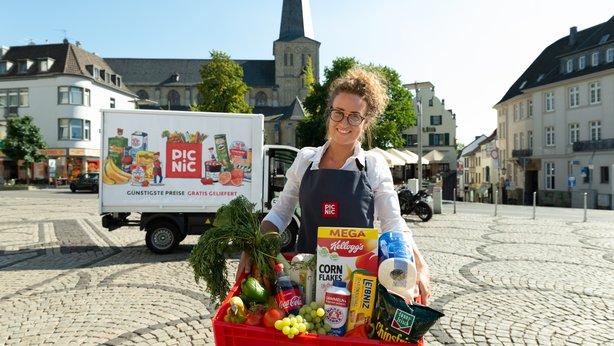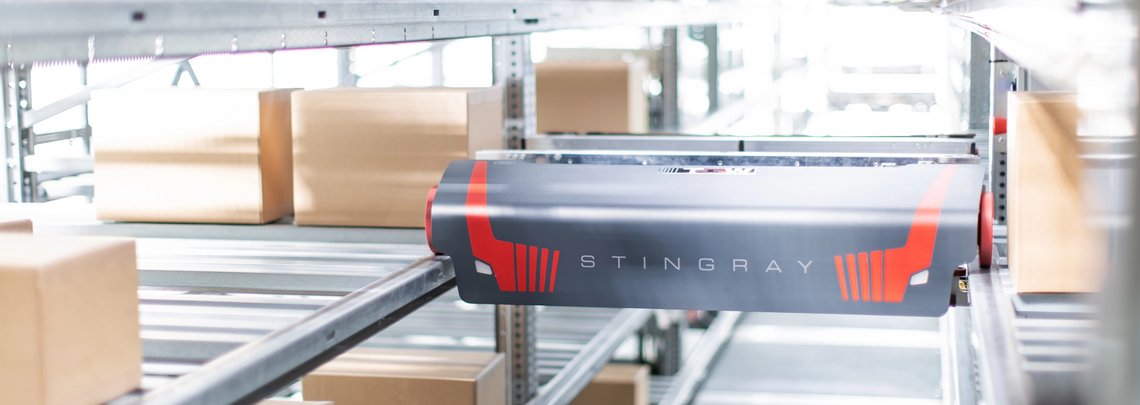

TGW Logistics
News, Events & Resources
Blog Post
Biens de consommation
La vitesse compte : comment l’automatisation logistique assure le succès en haute saison
![[Translate to France:] [Translate to France:]](/fileadmin/_processed_/8/2/csm_Warehouse-automation-black-friday-peak-season_9267b5486d.jpg)
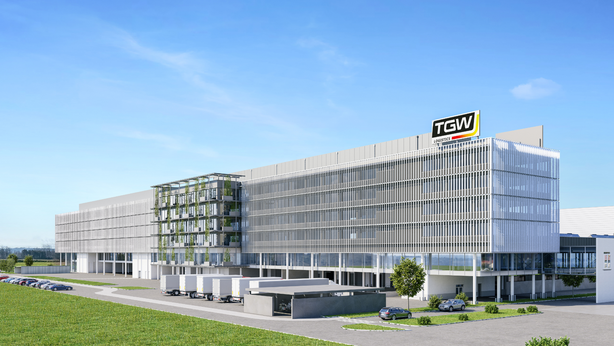
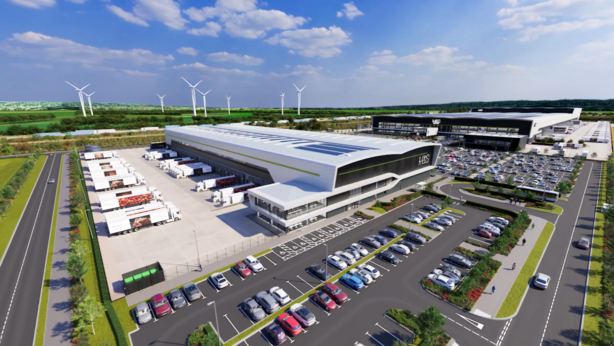

![[Translate to France:] Rendering Ekol Miniload System](/fileadmin/_processed_/1/c/csm_Rendering-Ekol_c52d5c6480.png)
![[Translate to France:] Rendering of the Bausch + Lomb Fulfillment Center](/fileadmin/_processed_/c/6/csm_Bausch-Lomb-Render-1_20d6639723.jpg)

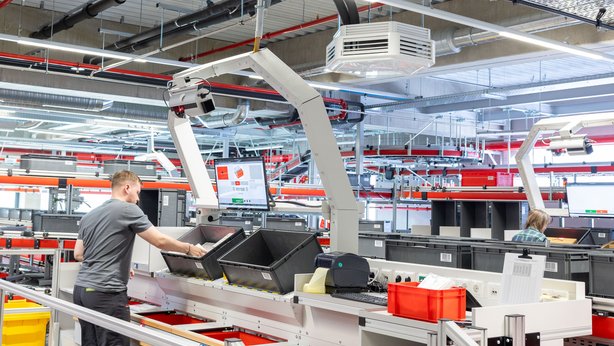
![[Translate to France:] TGW Scandinavia Office Inside View](/fileadmin/_processed_/4/9/csm_TGW-Scandinavia-Office-inside_dbaa99c35c.jpg)
